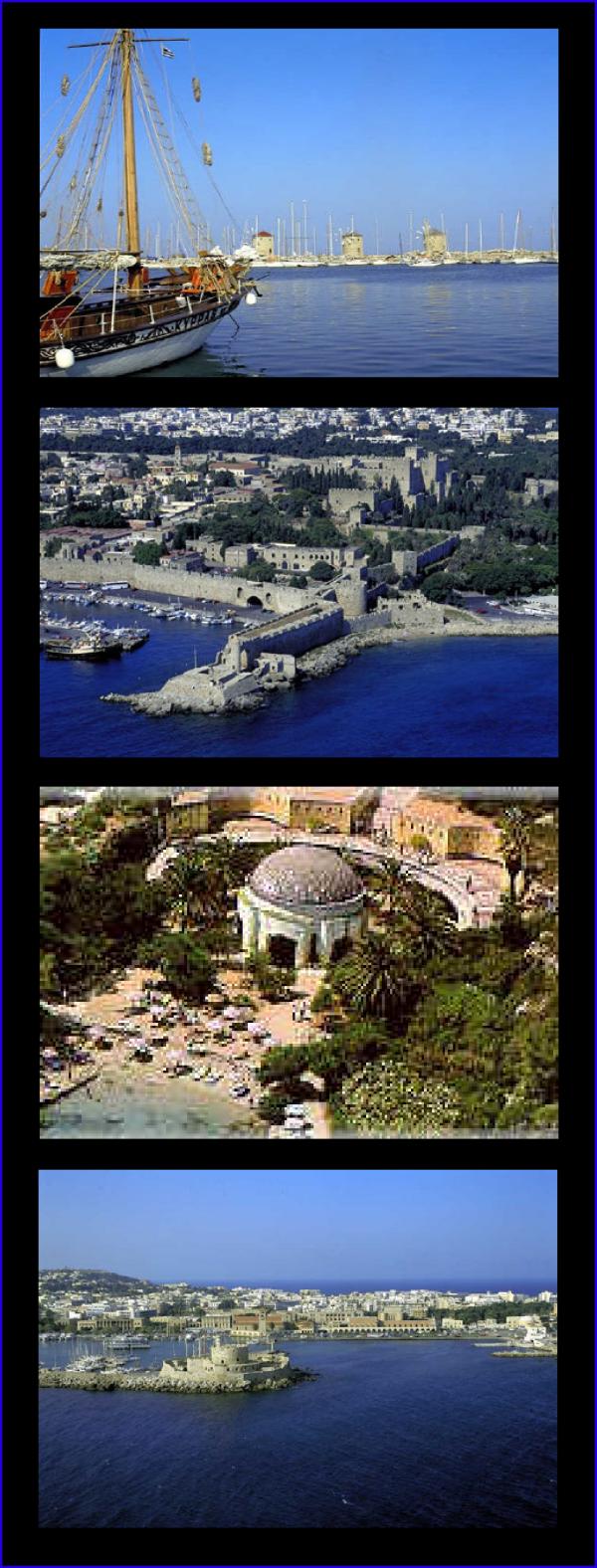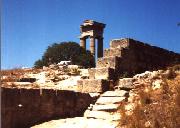Home
Scope
Location
Speakers
Program
Abstracts
Author index
Organizing Committee
Scientific Committee
Venue & Accomodation
Registration
News
Contact

|
 |

ORAL PRESENTATION
Session: 7 Applications to complex materials: glasses, micelles, colloids, blends, interfaces
(scheduled: Thursday, 09:15 )
A thermodynamically consistent model for the thixotropic rheological behavior of concentrated colloidal star polymer solutions
A.N. Beris1, D. Vlassopoulos2
1 Department of Chemical Engineering, University of Delaware, Newark, Delaware 19716, USA
2 Foundation for Research and Technology - Hellas (FORTH), Institute of Electronic Structure & Laser, and University of Crete, Department of Materials Science & Technology, P.O.Box 1527, Road to Voutes, Vasilika Vouton 71110 Heraklion, Crete, Greece
In this work we report a new model for the rheological thixotropic behavior of colloidal star polymer solutions. Given the excellent capabilities of controlling the molecular structure star polymers constitute an ideal system for exploring the soft matter rheology. The stars exhibit dual, colloidal and polymeric, behavior manifested in several physical properties and in particular their relaxation and flow. Detailed optical and rheological experiments have revealed the interplay between their molecular microstructure and their macroscopic rheological properties often characterized by viscoplasticity (yield stress) and thixotropy (time dependent rheological behavior) [1]. In the present work we use them as a model system in order to better understand thixotropy. Thixotropy is typically modeled phenomenologically as a structurally-dependent viscoplastic behavior [2]. However, the resulting models are often restricted to simple shear flows and are not presented in a form that can be shown do be consistent with nonequilibrium thermodynamics. In the present work we present a new thixotropy model for a well defined system of colloidal star polymer suspensions that is based on previous ideas from the description of polymeric liquid crystals and viscoelasticity. As a result, the model is presented in a thermodynamically admissible form, which is also generally applicable to arbitrary flows. In addition, the model parameters are connected to the system's molecular microstructure. A comparison of the model's predictions against steady and transient rheological viscometric data as well as some optical (DLS) experiments allows for the first time a direct connection of rheology to the system's microstructure for a system exhibiting yield stress and thixotropy. © IWNET 2006
[1] E. Stiakakis et al., PRE, 66, 051804 (2002)
[2] A. Mujumdar, A.N. Beris and A.B. Metzner, J. Non-Newtonian Fluid Mech., 102:157-178 (2002)
|
 |
 |




